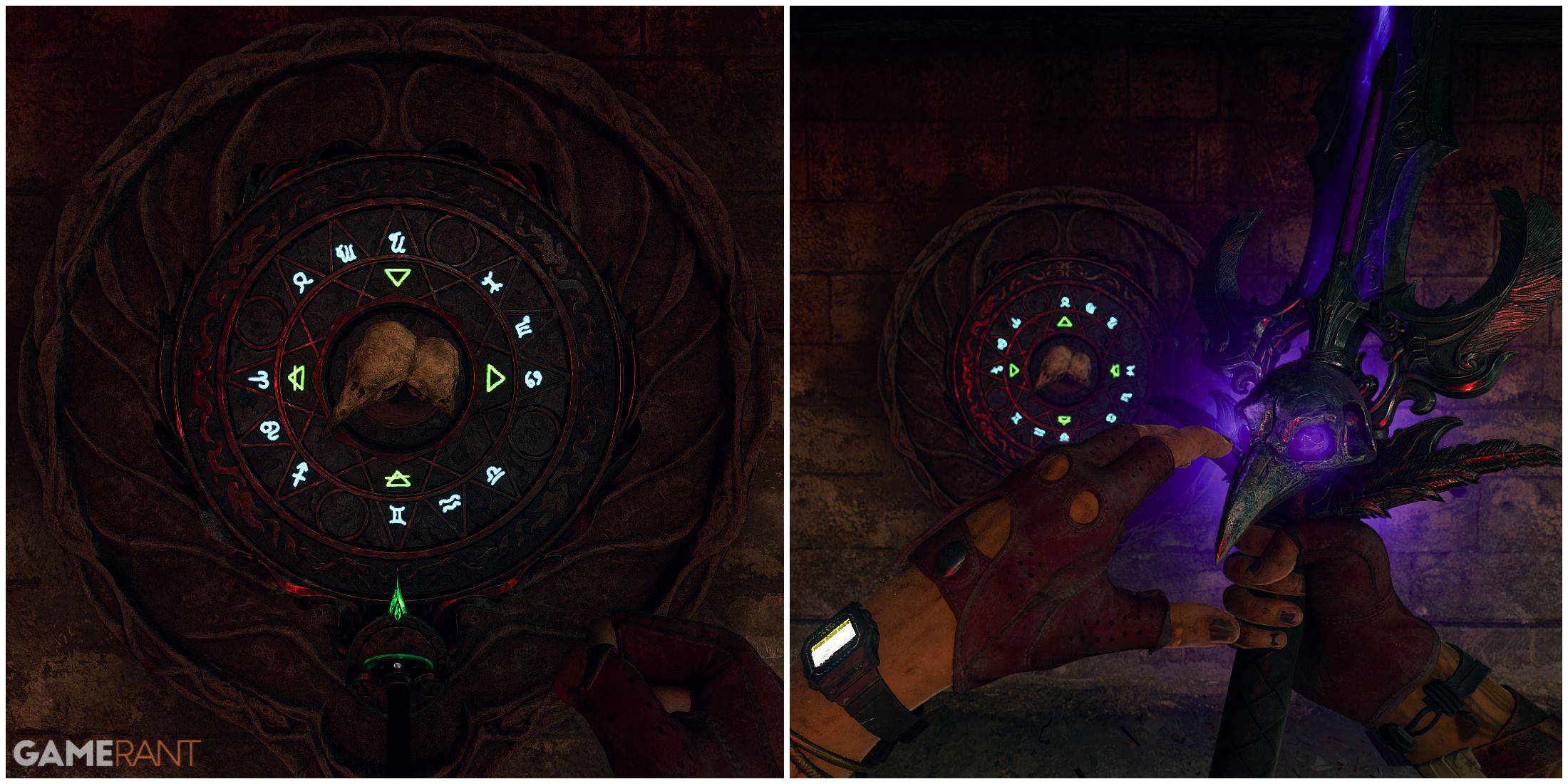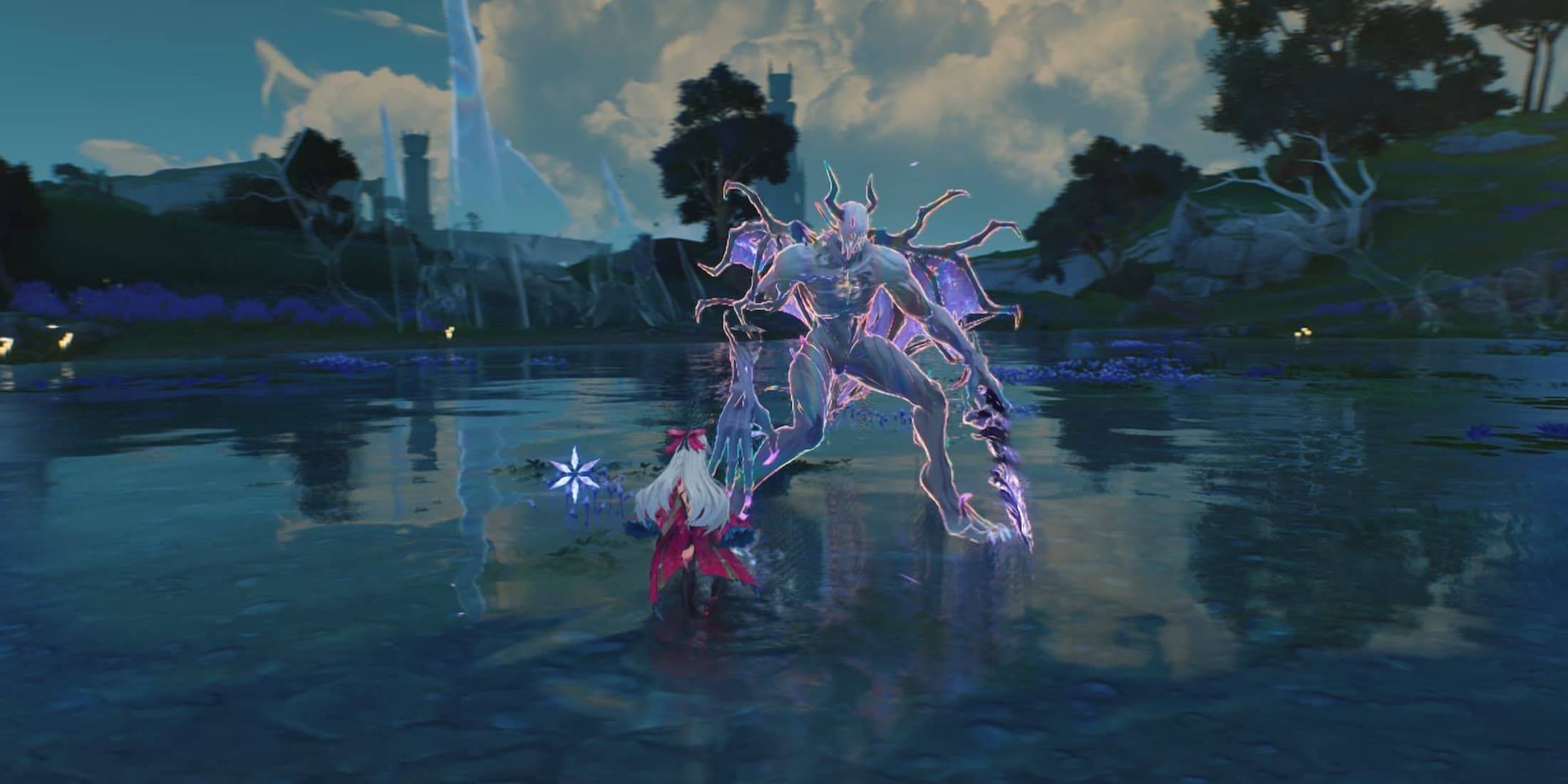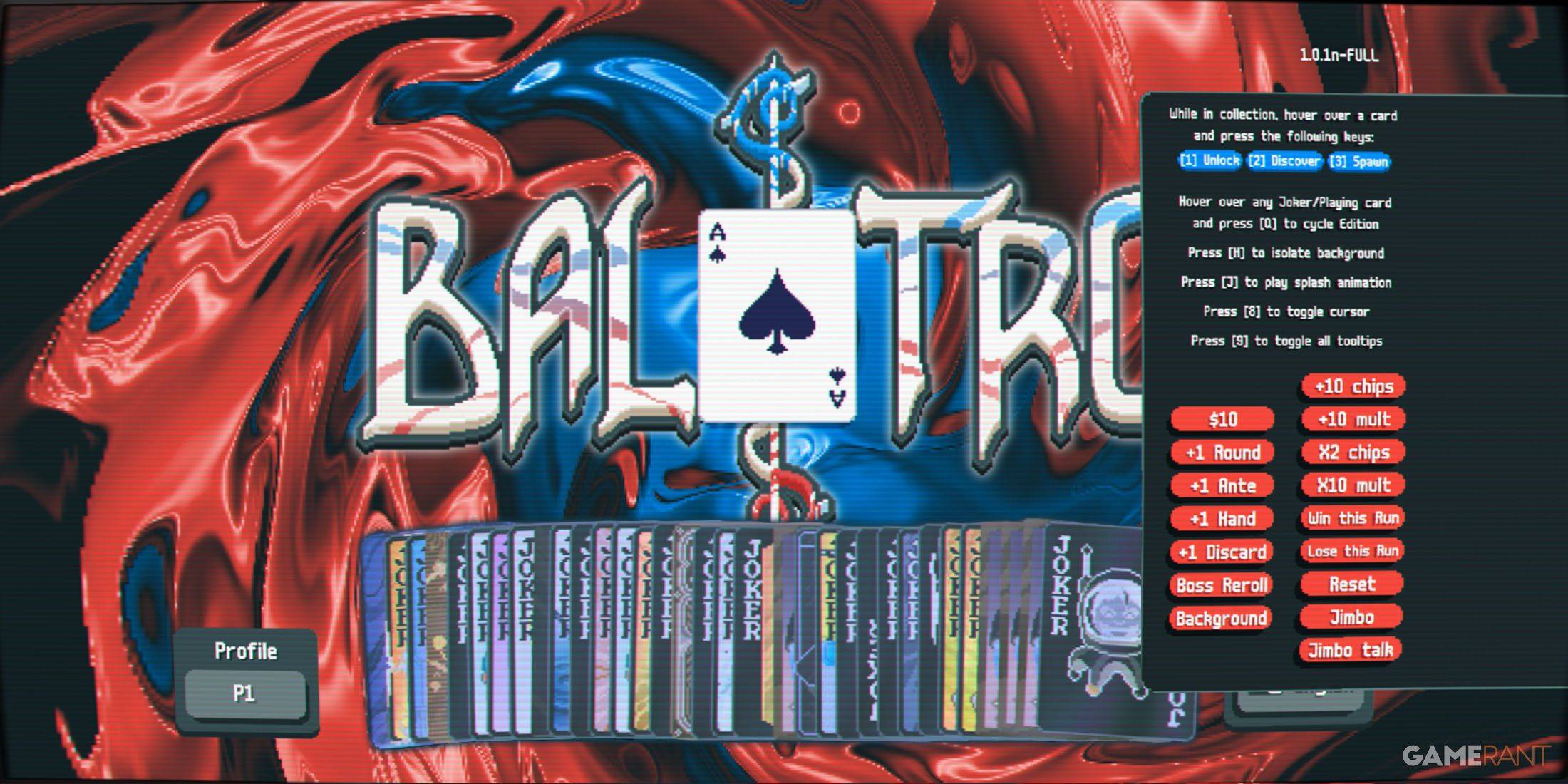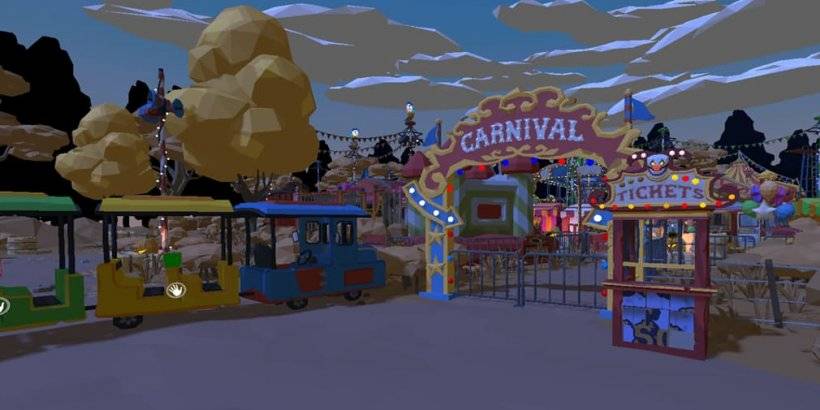NVIDIA Unveils Groundbreaking RTX 5090 Founders Edition Graphics Card
The Nvidia GeForce RTX 5090: A Next-Gen Leap Fueled by AI
Nvidia's RTX 5090 represents a new generation in PC gaming, but its performance gains are surprisingly nuanced. While raw performance improvements over the RTX 4090 are less dramatic than expected in many games (excluding DLSS Frame Generation), the introduction of DLSS 4 dramatically elevates image quality and performance, exceeding typical generational leaps.
The RTX 5090's upgrade value hinges on your gaming setup and preferences for AI-assisted frame generation. For users with displays below 4K 240Hz, the upgrade likely lacks justification. However, for high-end display owners, the AI-generated frames offer a glimpse into the future of gaming.
Nvidia GeForce RTX 5090 – Image Gallery
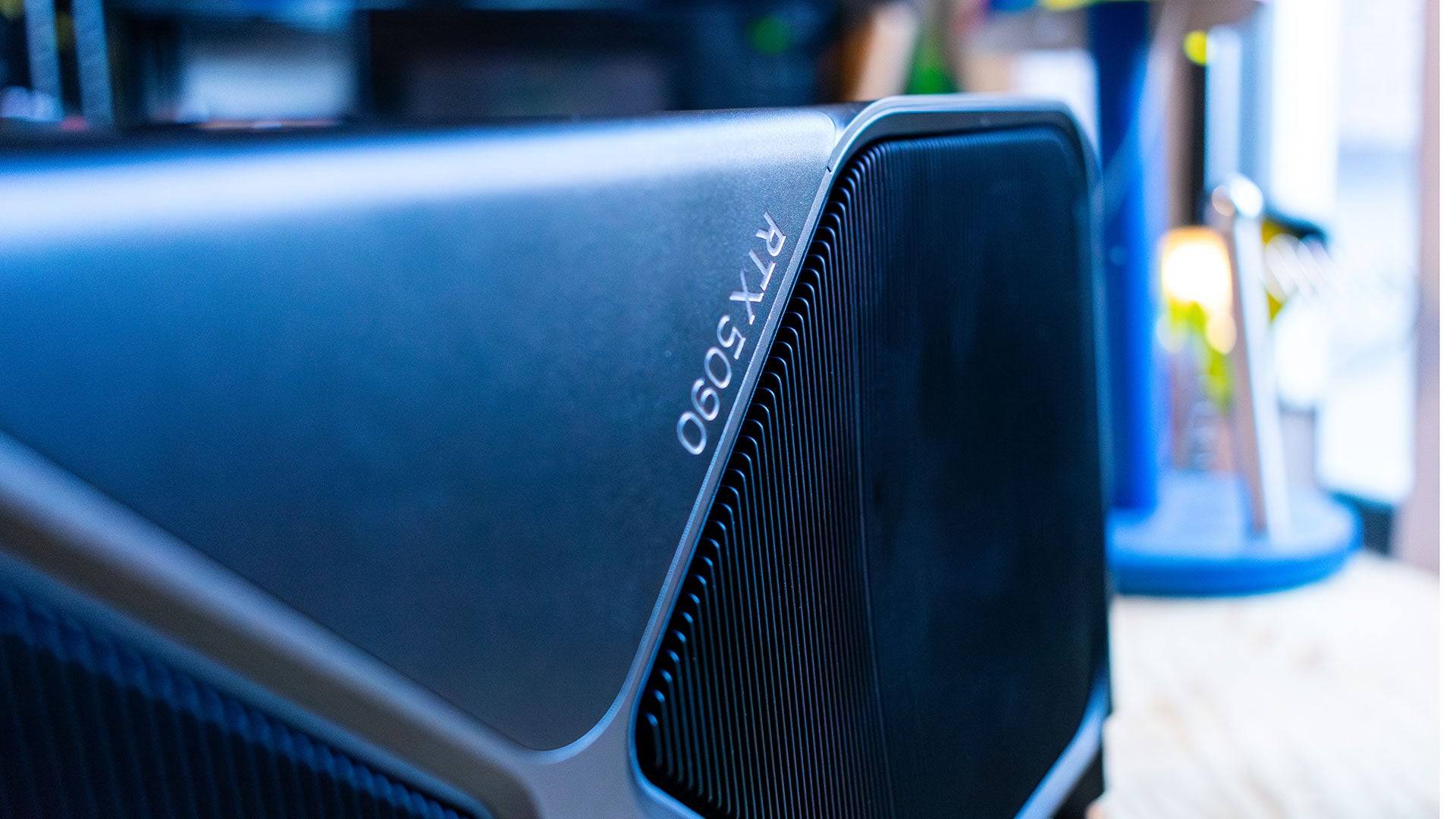
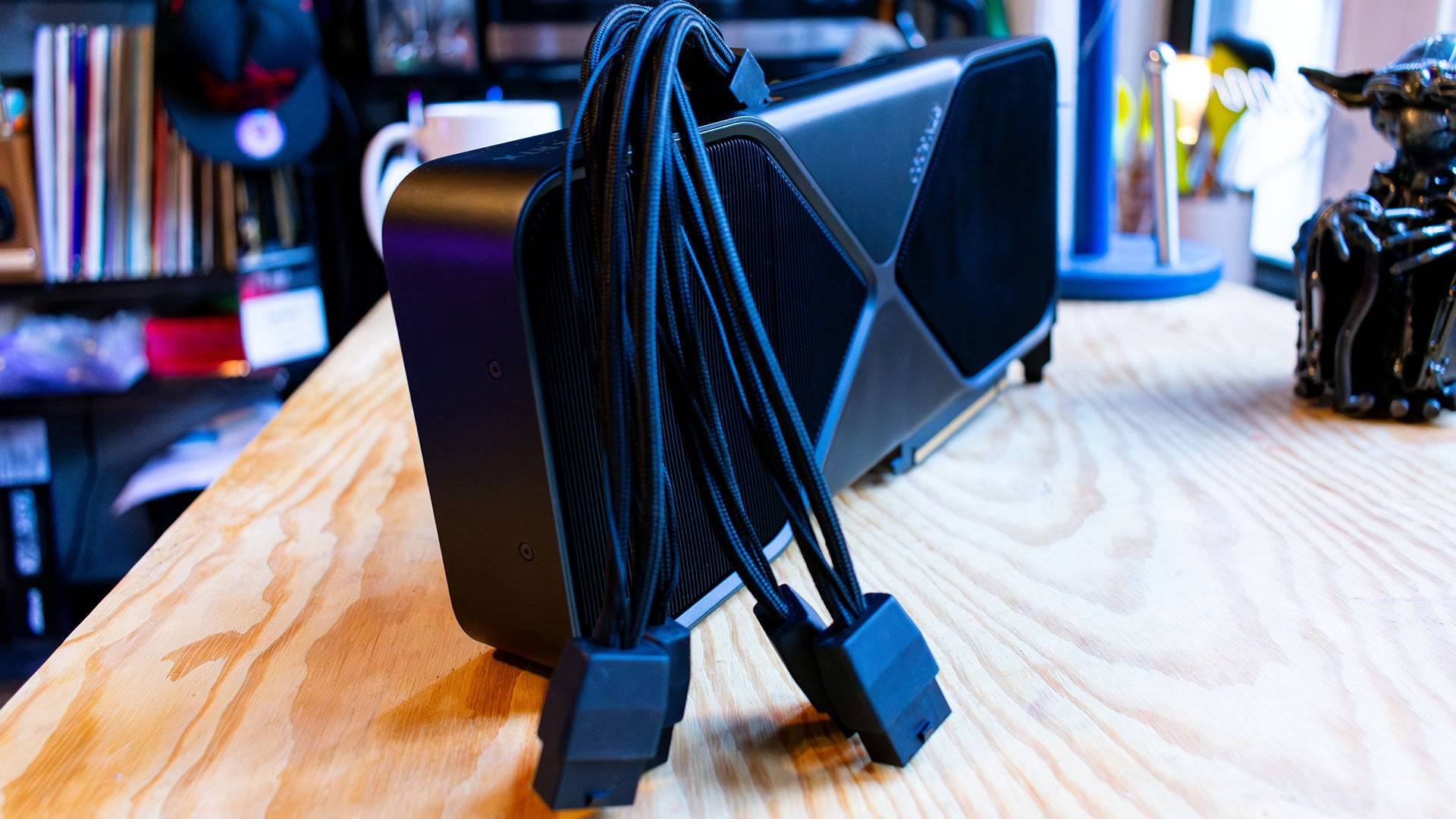 5 Images
5 Images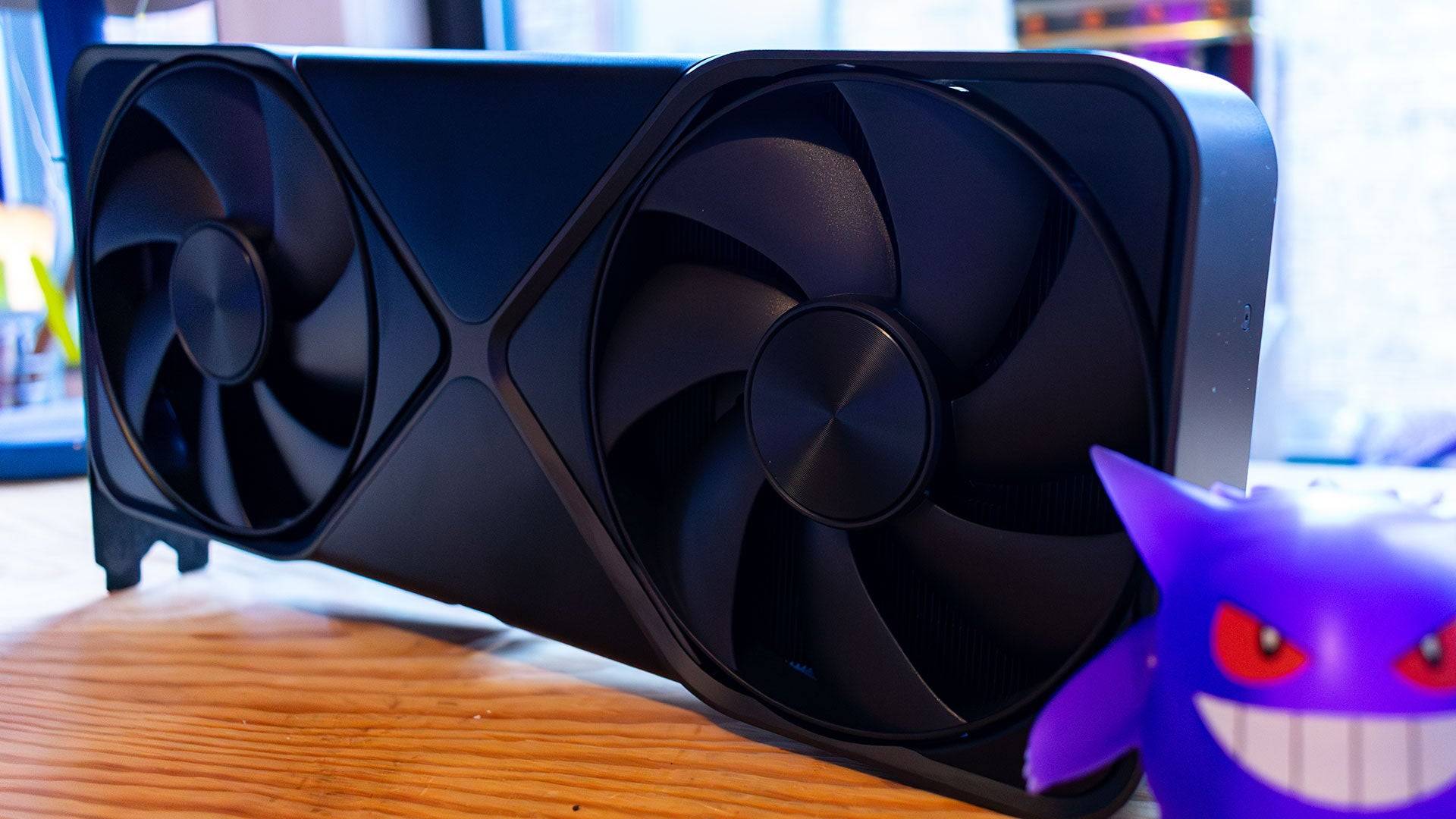


RTX 5090 – Specifications and Features
Built on Blackwell architecture (also powering leading AI models), the RTX 5090 excels in AI-related tasks. However, Nvidia hasn't neglected non-AI performance. The card boasts a significant increase in CUDA cores (21,760, a 32% jump from the RTX 4090's 16,384), contributing substantially to raw gaming performance.
Each Streaming Multiprocessor (SM) includes four Tensor Cores and one RT Core, resulting in 680 Tensor Cores and 170 RT cores (compared to 512 and 128, respectively, in the RTX 4090). The 5th-generation Tensor Cores, supporting FP4 operations, enhance AI performance and reduce VRAM dependency.

The RTX 5090 utilizes 32GB of GDDR7 VRAM, a generational upgrade from the RTX 4090's GDDR6X, offering improved speed and power efficiency. However, its 575W power consumption (significantly higher than the RTX 4090's 450W) indicates that power efficiency isn't a primary design focus.
The enhanced Tensor Cores enable a shift to a Transformer Neural Network (TNN) for the DLSS algorithm, instead of a Convolutional Neural Network (CNN). While frame rates with DLSS enabled aren't drastically altered, Nvidia claims improved image quality and reduced artifacts.
Beyond algorithmic changes, DLSS 4 introduces Multi-Frame Generation, an enhanced version of the RTX 4090's Frame Gen. This more efficient technology generates multiple frames from each rendered image, drastically boosting frame rates, but ideally used with already acceptable frame rates.
Purchasing Guide
The Nvidia GeForce RTX 5090 launched January 30th, starting at $1,999 (Founders Edition). Third-party cards command significantly higher prices.
The Founders Edition
Despite its 575W power requirement (much higher than the RTX 4090's 450W), the RTX 5090 Founders Edition surprisingly features a smaller, dual-slot design with dual fans. During testing, temperatures peaked around 86°C at 578W power consumption – high, but not throttling.
Nvidia achieved this compact design by centrally positioning the PCB and employing a heatsink spanning the card's width, with fans drawing air from the bottom and expelling it through the top. Unlike previous generations, there are no exhaust vents under the rear output ports.

The design maintains a similar aesthetic to previous generations, featuring a silver 'X' design and a 'GeForce RTX' logo with white LEDs. The power connector is a new, supposedly more efficient 12V-2x6 connector, included with a 12V-2x6 adapter requiring four 8-pin PCIe power connectors. The angled connector placement improves cable management.
This compact design benefits smaller PC builds, unlike previous high-end cards. However, third-party versions are likely to be larger.
DLSS 4: AI-Generated Frames
Nvidia claims up to 8x performance boosts with the RTX 5090, though actual results are more moderate. While raw rasterization performance improves, the significant next-gen advantage lies in AI-generated frames.
DLSS 4's Multi-Frame Generation, powered by a new AI Management Processor (AMP) core, efficiently assigns tasks across the GPU, improving frame generation speed and memory efficiency compared to DLSS 3. The AMP's Flip Metering algorithm minimizes input lag.
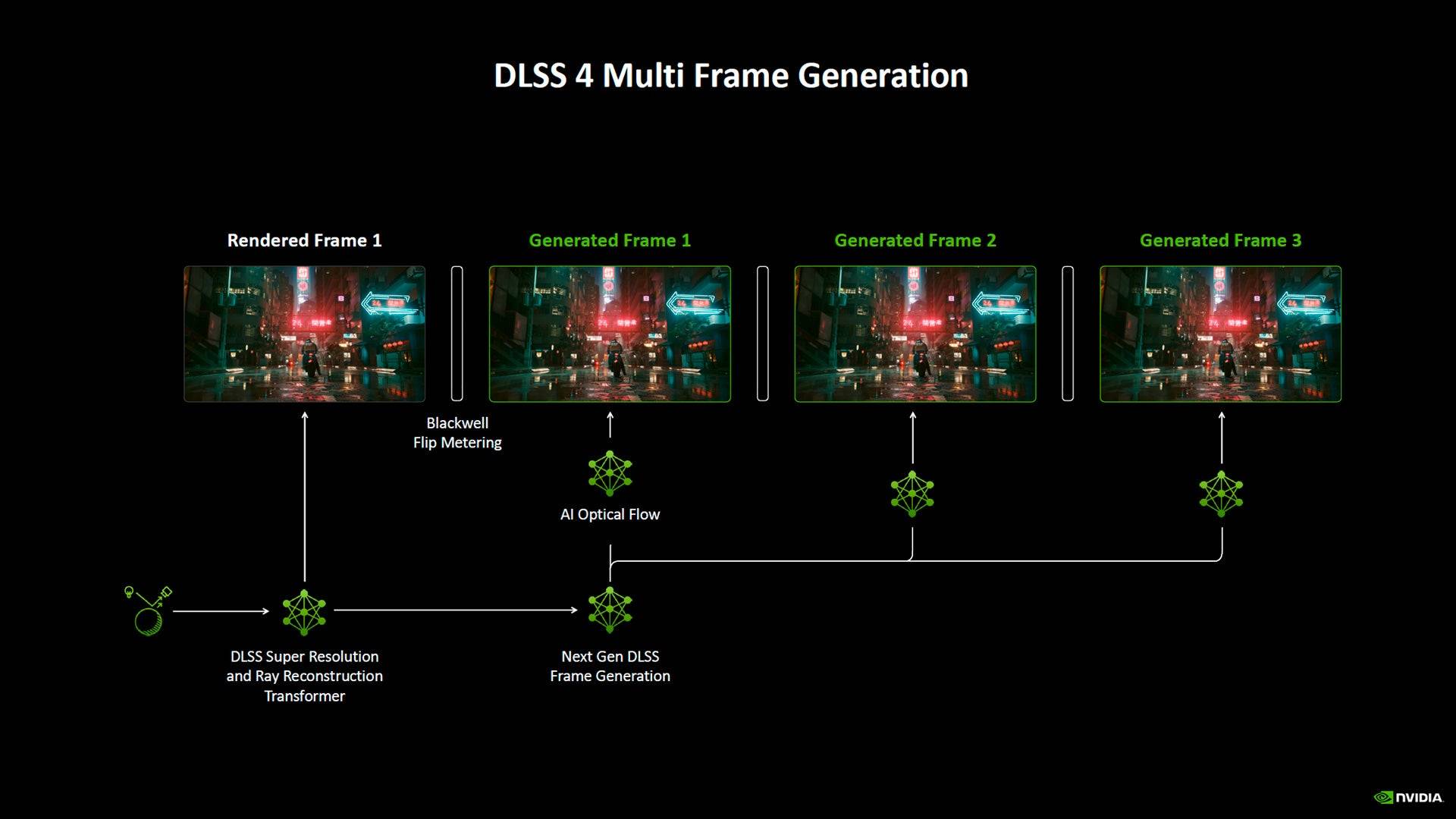
Multi-Frame Generation isn't a universal performance solution; it's most effective with already decent frame rates (around 60fps without Frame Gen). Pairing it with DLSS upscaling maximizes performance.
At launch, DLSS 4 supported a wide range of games (75 at launch), though testing was limited to beta builds of Cyberpunk 2077 and Star Wars Outlaws. Results were impressive, with substantial frame rate increases (e.g., Cyberpunk 2077 at 4K with ray tracing reaching 286fps with 4x frame generation). While some minor artifacts were observed, they were generally insignificant.
RTX 5090 – Performance Benchmarks
The RTX 5090 is exceptionally powerful, but testing revealed significant CPU bottlenecks in many games, even at 4K with a high-end CPU (Ryzen 7 9800X3D). For users with existing high-end GPUs, the upgrade may not offer substantial real-world gains. This card is positioned as a future-proofing investment.
Benchmarks were conducted without DLSS 4, using public drivers (Nvidia 566.36, AMD Adrenalin 24.12.1) and latest game builds.
Test System: AMD Ryzen 7 9800X3D, Asus ROG Crosshair X870E Hero, 32GB G.Skill Trident Z5 Neo @ 6,000MHz, 4TB Samsung 990 Pro, Asus ROG Ryujin III 360
3DMark showed a 42% performance improvement over the RTX 4090. However, game benchmarks revealed more modest gains. Call of Duty Black Ops 6 showed a mere 10% improvement at 4K. Cyberpunk 2077 also exhibited a similar 10% increase, with diminishing returns at lower resolutions.
Metro Exodus: Enhanced Edition (tested without DLSS) showed a 25% improvement over the RTX 4090. Red Dead Redemption 2 showed a minimal 6% increase. Total War: Warhammer 3 demonstrated a 35% uplift, closer to 3DMark results. Assassin's Creed Mirage showed unexpectedly poor performance, likely due to a driver issue.
Black Myth: Wukong showed a 20% improvement. Forza Horizon 5 showed negligible differences.
Nvidia GeForce RTX 5090 – Benchmark Charts
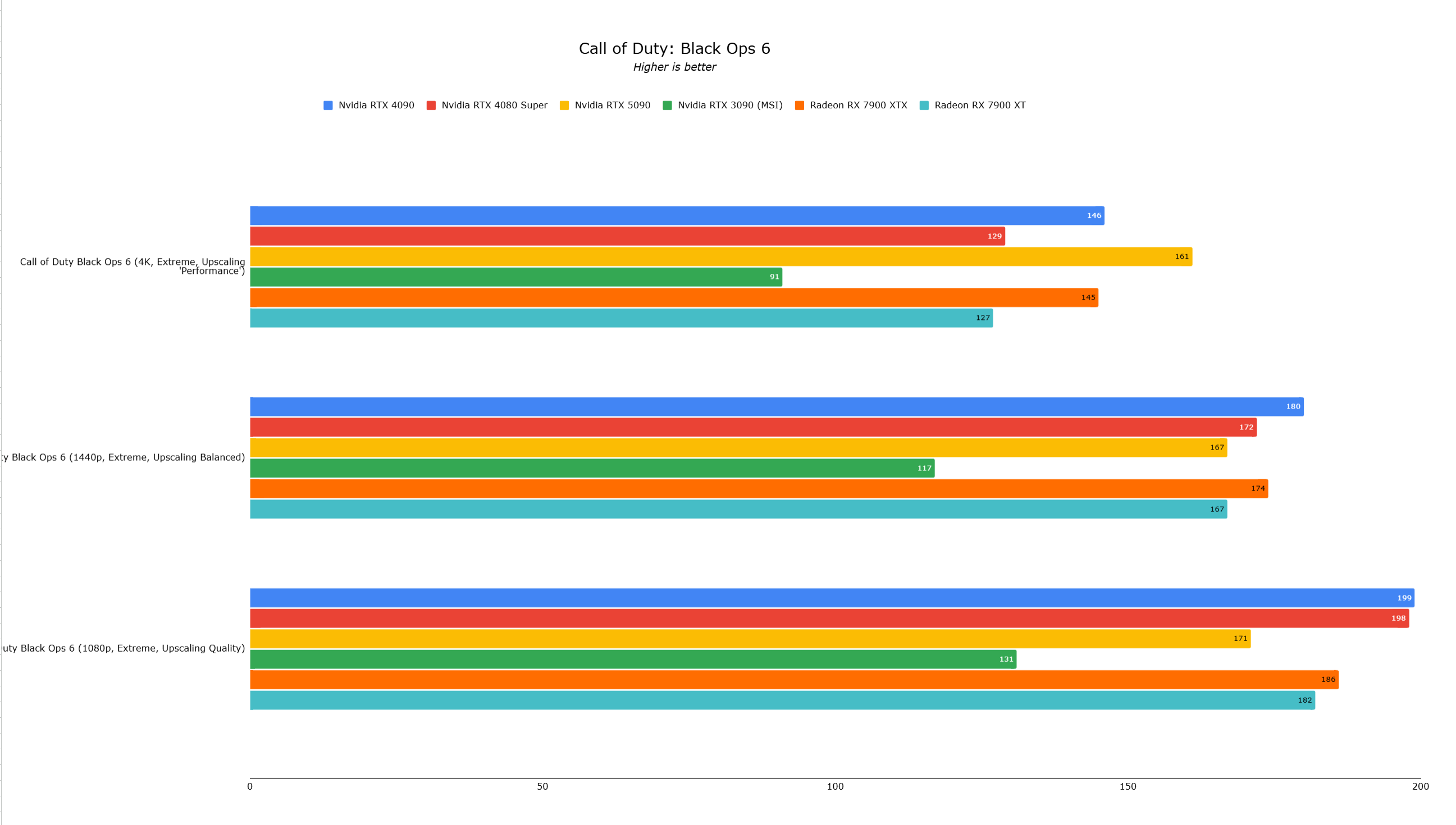
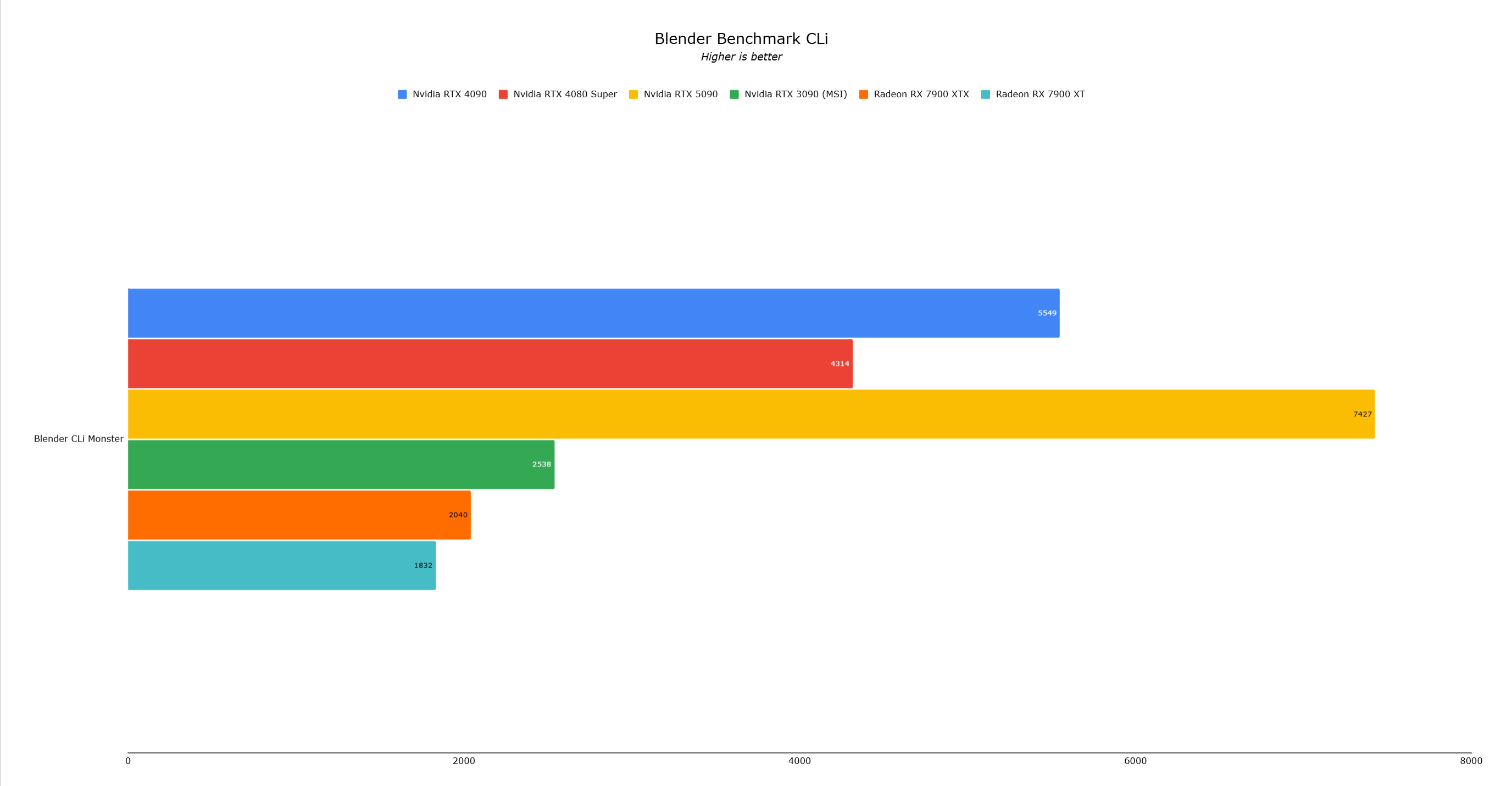 14 Images
14 Images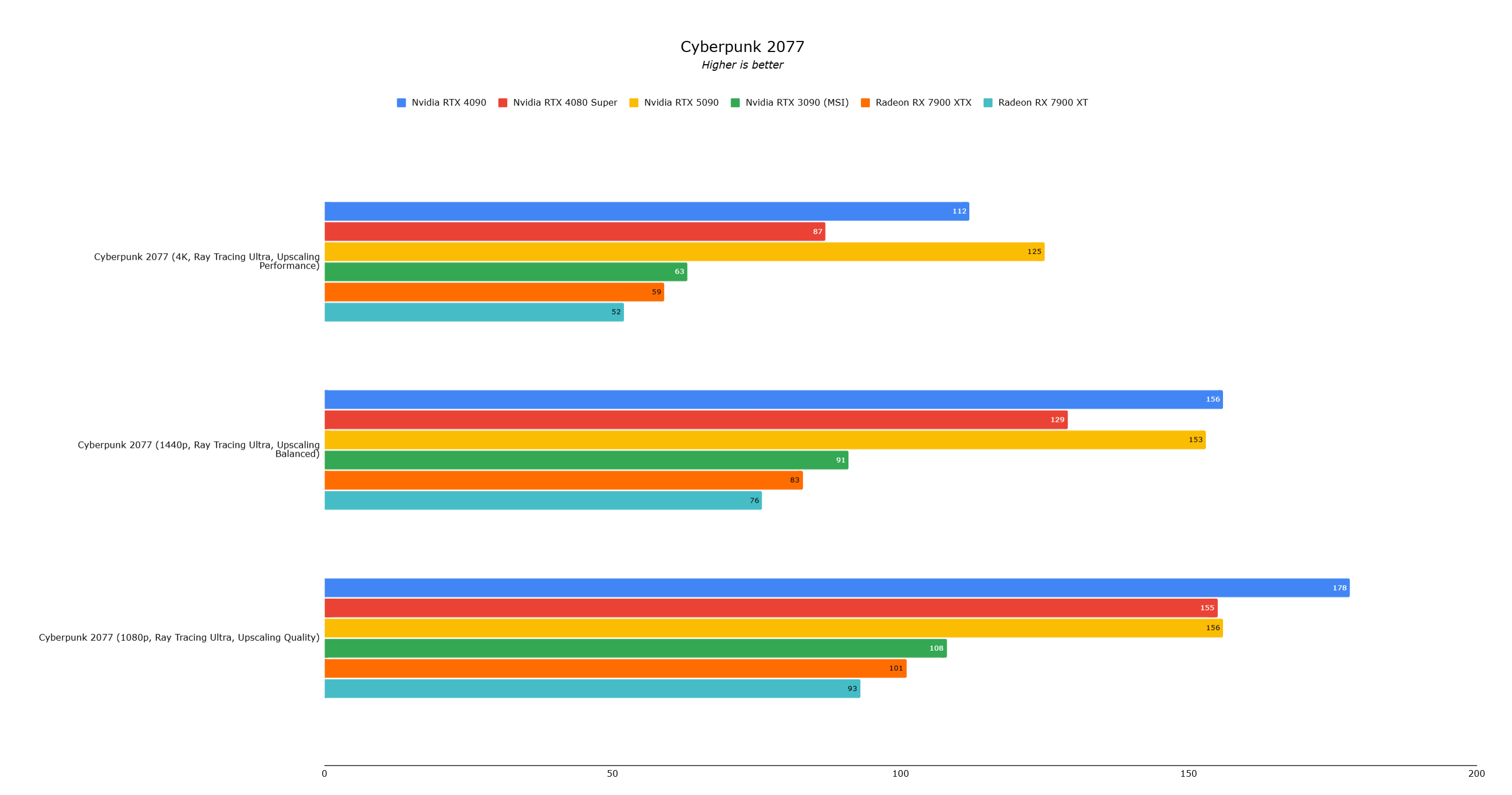
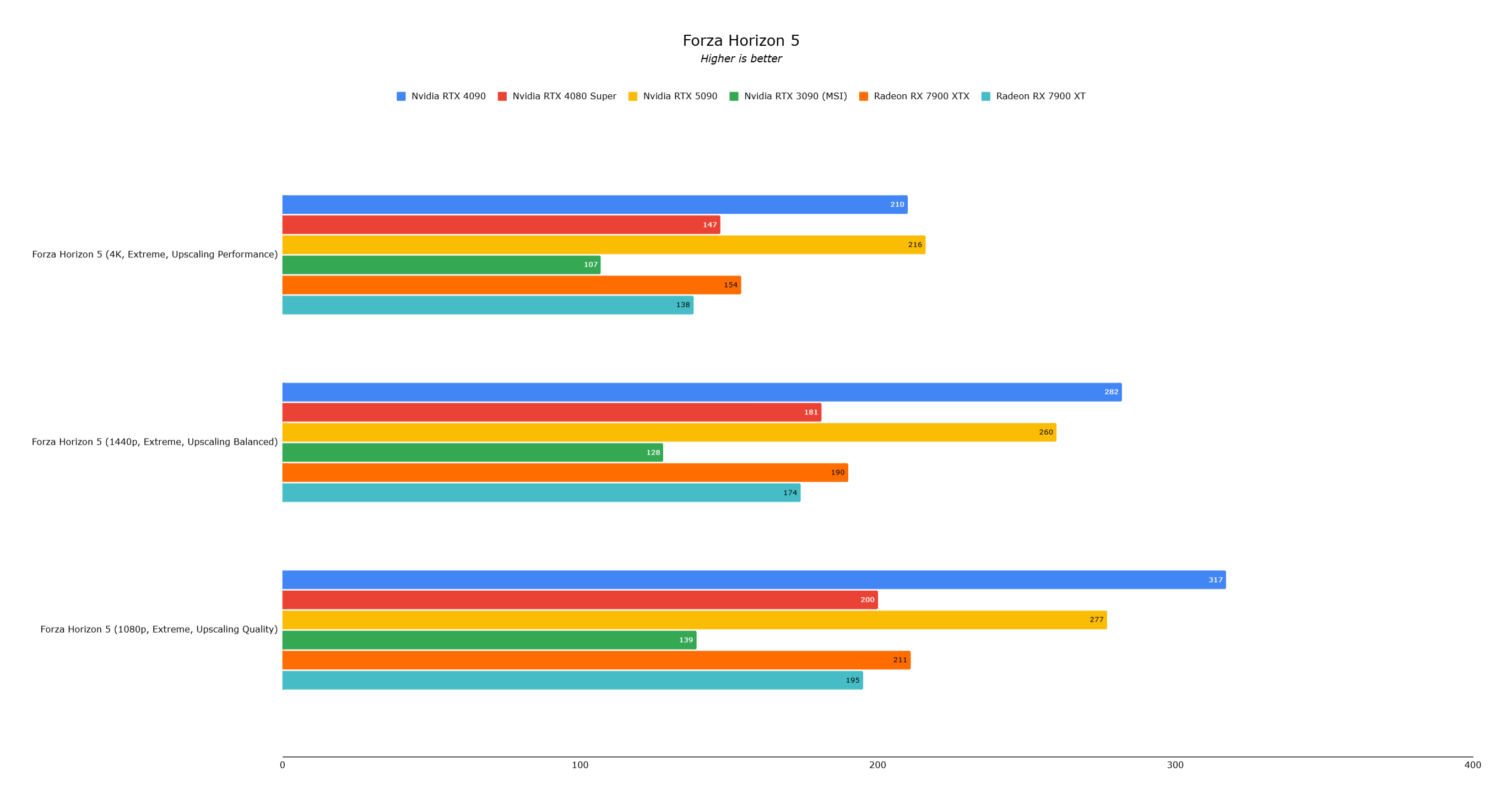
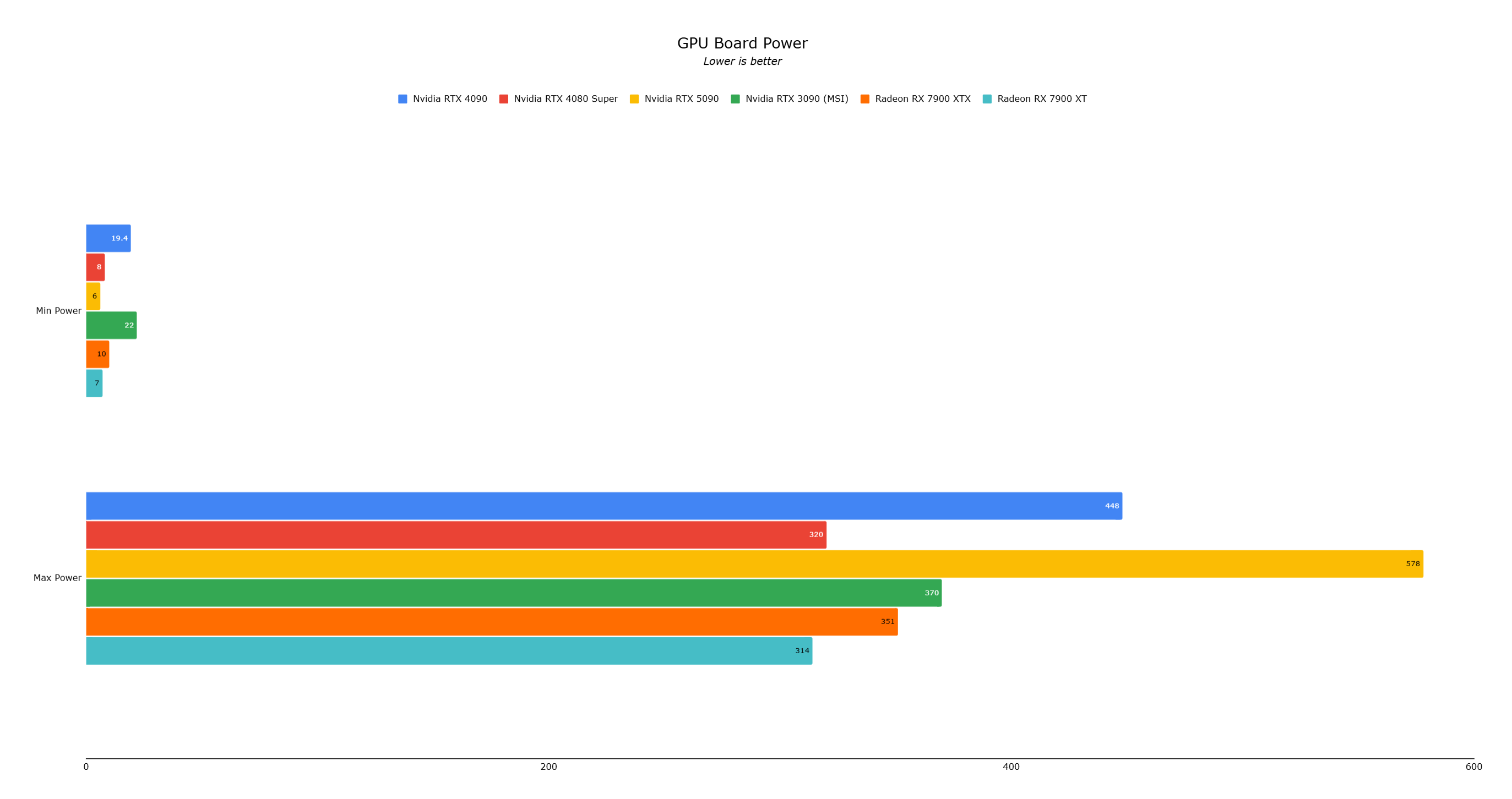
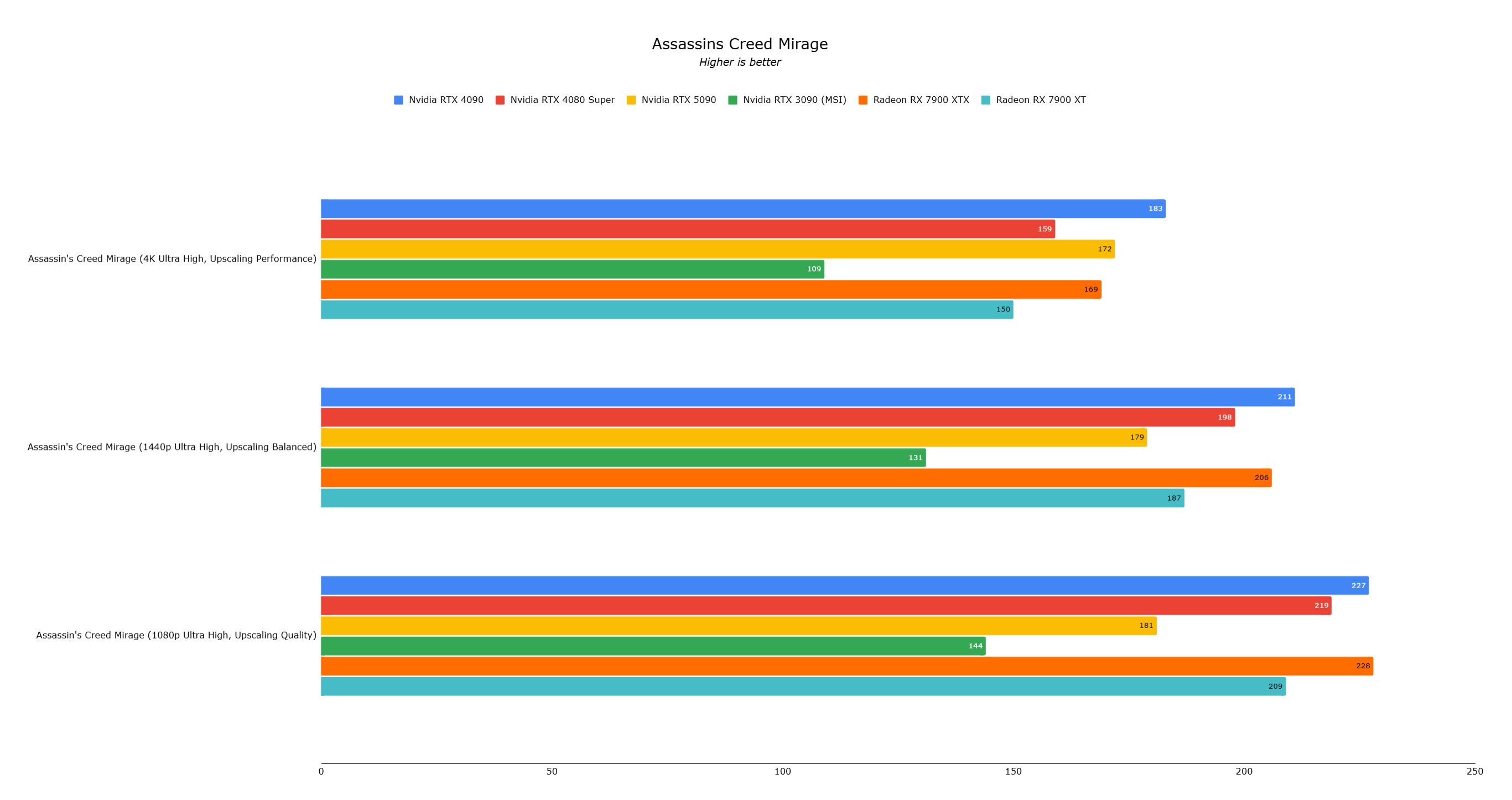
Conclusion
The RTX 5090 is undeniably the fastest consumer graphics card, but its performance gains over the RTX 4090 are often limited by current game engine capabilities. Its true strength lies in DLSS 4's AI-powered frame generation, making it ideal for high-end users prioritizing cutting-edge technology. For most others, the RTX 4090 remains a powerful and cost-effective option.
AnswerSee ResultsLatest Articles




![Taffy Tales [v1.07.3a]](https://imgs.anofc.com/uploads/32/1719554710667e529623764.jpg)






